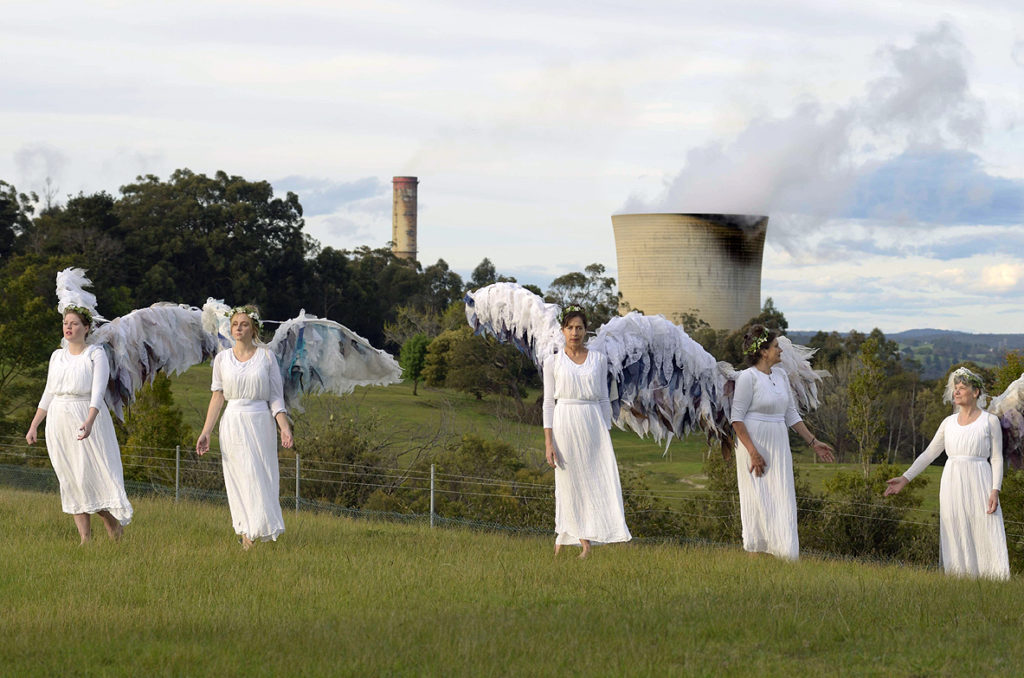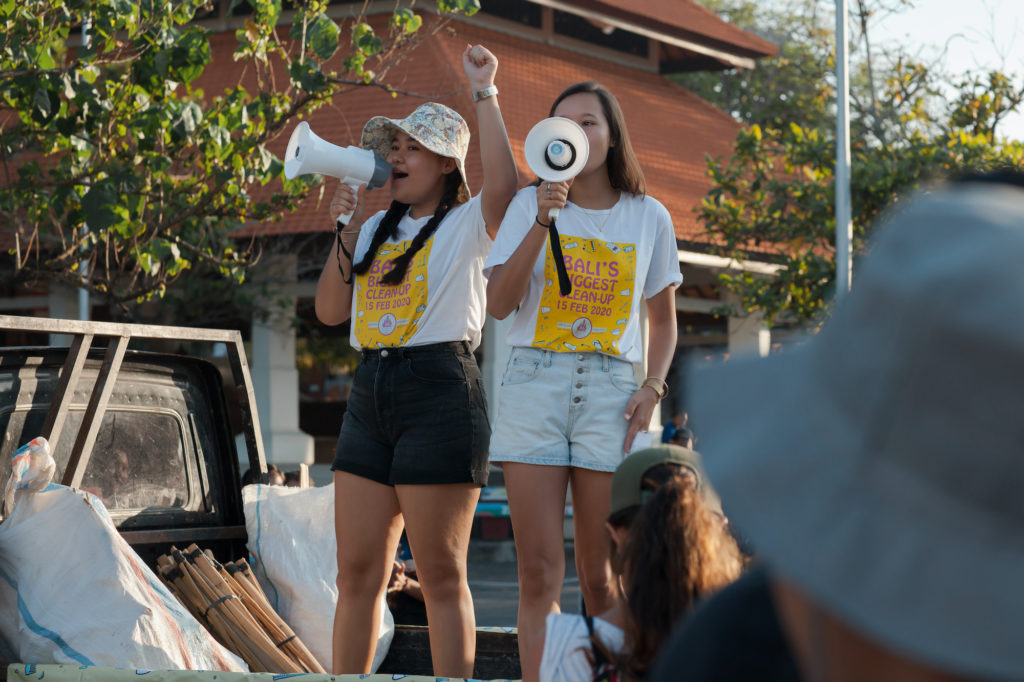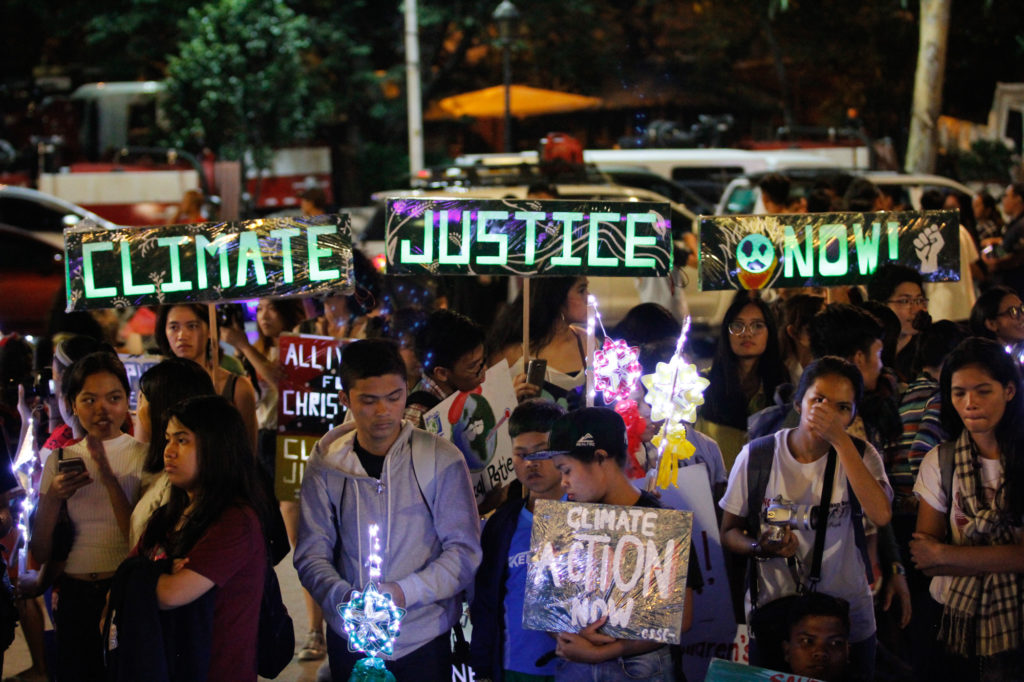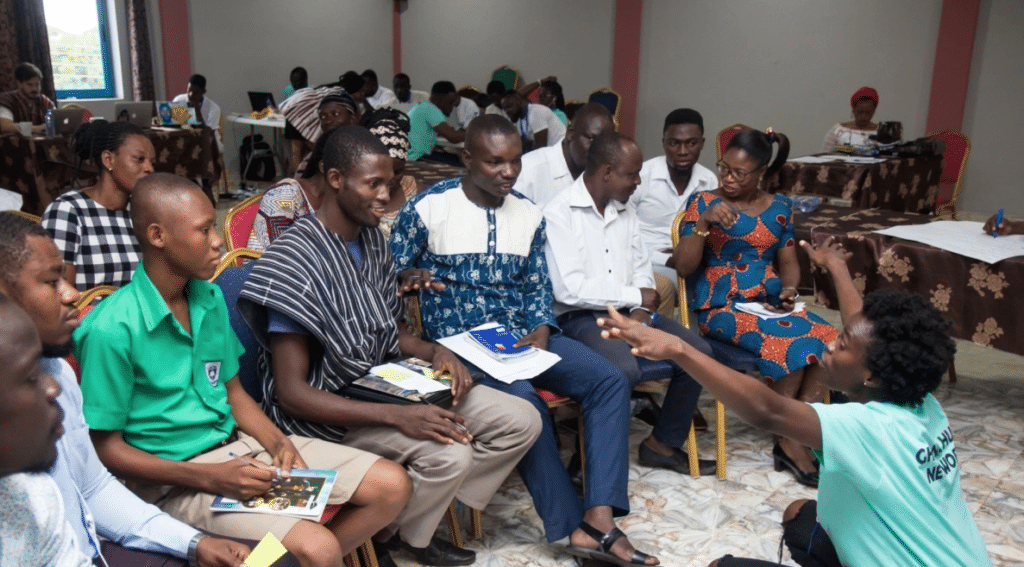“Equity is not secondary to survival, as some suggest; it is survival.” — Ayana Elizabeth Johnson and Katharine K. Wilson, All We Can Save.
Too many are already experiencing the injustice of inaction and unfair climate policies. Marginalised people who caused the least climate and environmental destruction are affected the most by our current crises.
To make Earth liveable for all Earthlings, we need to rethink our current systems. There’s no stopping climate breakdown without climate justice, and there’s no climate justice without economic, gender, and racial justice.
Fortunately, climate justice FutureFixers around the world are hard at work to build futures of hope and joy. For the past few months at Atlas of the Future we have been mapping these initiatives on our JustFutures channel, developed in partnership with Oxfam Intermón and the SPARK project. The channel brings together the law and culture, women and youth, to focus on what it is we can do to make an impact on the climate crisis.
Take a quick tour through some of the initiatives that are helping to reduce climate inequity. We can all spark a change, starting today!
1. Get the law on your side

ClientEarth won three court cases against the UK Government that force it to tackle illegally dirty air.
“Only law levels the playing field between the individual and the largest forces in society, namely countries and companies.”
In the UK – James Thornton has dedicated his life to fighting for environmental justice and is convinced that the most powerful tool to achieve systemic change is the law. From coal plants to deforestation, from toxic chemicals to air pollution, ClientEarth today has 168 active cases tackling the most pressing environmental challenges.
Read more ► Harness the power of the law
2. Create a fair global governance body
“Climate justice first starts with creating a system where the most affected voices are heard.”
The Global Assembly is doing just this by creating a governance body built on fairness and empathy and informed by scientists and Indigenous knowledge keepers. The assembly speaks more than 30 languages, half of its members identify as female, they live anywhere from Argentina to Zambia and most of them earn less than $10 a day. It’s as “everyday people” as it gets.
Read more ► How a people power lottery works
3. Change minds through art

At dusk, gathering before the Latrobe Valley’s Yallourn power station and open cut coal mine, September 2016. Photograph by Peter Houghton.
“We use spectacle because it can surprise and get under people’s ideological guards to potentially enable them to see environment and associated social justice issues in a new light.”
In AUSTRALIA – ClimActs, a performance collective that uses spectacle, humour and satire to inspire action on the climate and biodiversity crisis, holds powerful polluters and their enablers to account. Their angel iconography highlights the vital role of guardianship for all life, plus the large wings make a very effective blockade at protests!
Read more ► Bridge gaps through humour
4. Fix the future with women at the centre
“Our future lies in women and girls’ power.”
In BANGLADESH – From an early age climate justice youth activist Shakila Islam has experienced first-hand the impact of climate change when her family had to relocate from a coastal village in Bangladesh because of the devastation of Cyclone Sidr. She has since established the coastal youth-led movement YouthNet for Climate Justice, that has made waves across the world. Find out how she did it.
Read more ► Raise women’s voices
5. Create a HQ for young change makers

Bali’s Biggest Clean Up 2020, Petitenget Beach, Seminyak, Bali, Indonesia. 15 February 2020. Credit: Jenya Kadnikova
“The power of YOUTHTOPIA is that it’s bigger than one person.”
In INDONESIA – At the age of 12 Melati Wijsen wanted to make a change in her community, and after more than 10 years at the front lines of climate advocacy she is now sharing what she’s learnt with other young activists through the learning platform YOUTHTOPIA.
Read more ► Become a youth activist
6. Treat eco-anxiety
“We must discard the belief that we’re powerless.”
In the UK – At 16, Clover was lobbying decision-makers at COP21 in Paris when she realised that the threat greater even than climate change was the feeling of powerlessness. From then she made it her mission to mobilise mindsets. Now, Force of Nature, a youth-led organisation with a 12-person team and over 100 volunteers, has delivered over 1,000 programmes to young people, with classrooms in 52 countries.
Read more ► Overcome climate change anxiety
7. Investigate climate justice through dance
“I am interested in people asking why, asking until they find the origin, because everything else is a waste of time.”
In SPAIN – Gender adviser for climate justice and resilience at Oxfam Intermón, Sandra Sotelo Reyes brings together dance, women’s rights and climate change through an openness to learning, curiosity and courageous conversations.
Read more ► Let’s dance!
8. Walk for climate change
“Walking fosters attentiveness, it makes one experience what it means to live in already changing environments.”
In AUSTRIA – A team of young academics, activists, artists, and (most importantly) friends are walking across Europe to understand regional experiences of climate change. Climate Walk listens to local perspectives, learns from them, and connects these stories together to construct a holistic, people-centric understanding of the climate change phenomena.
Read more ► Walk together
Submit a project
Do you know of an exciting project that’s working to solve the problems around climate justice? Tell us about it and it might be featured in JustFutures.






